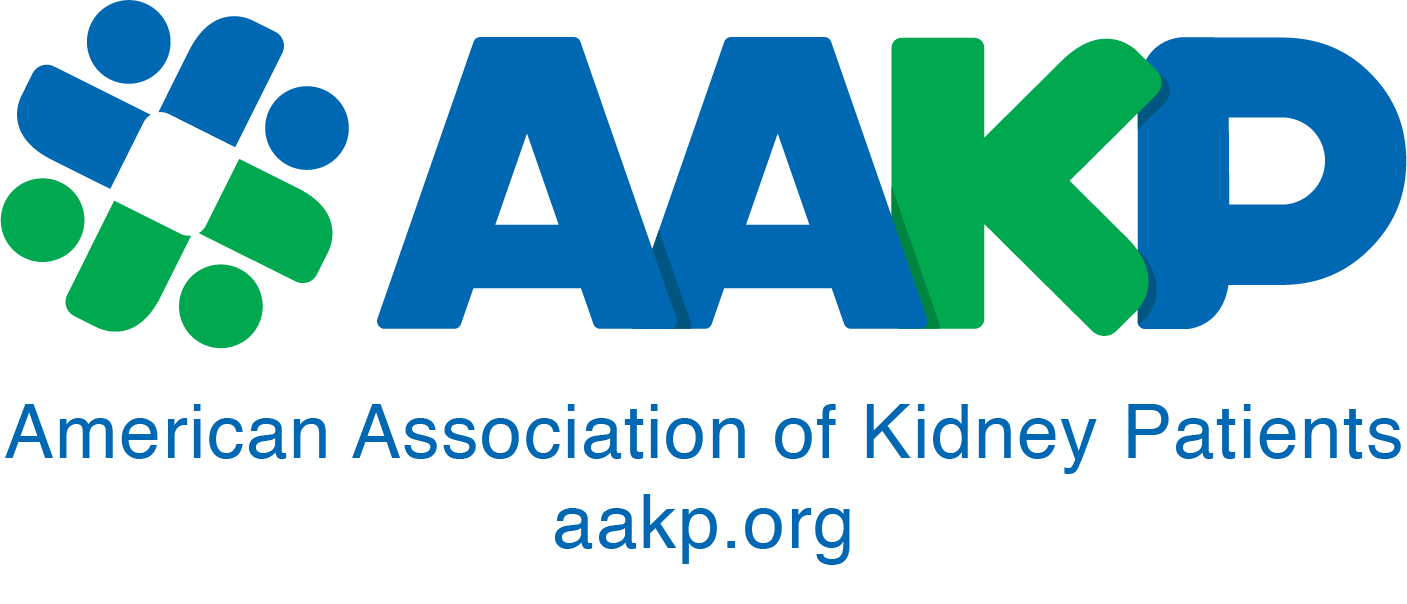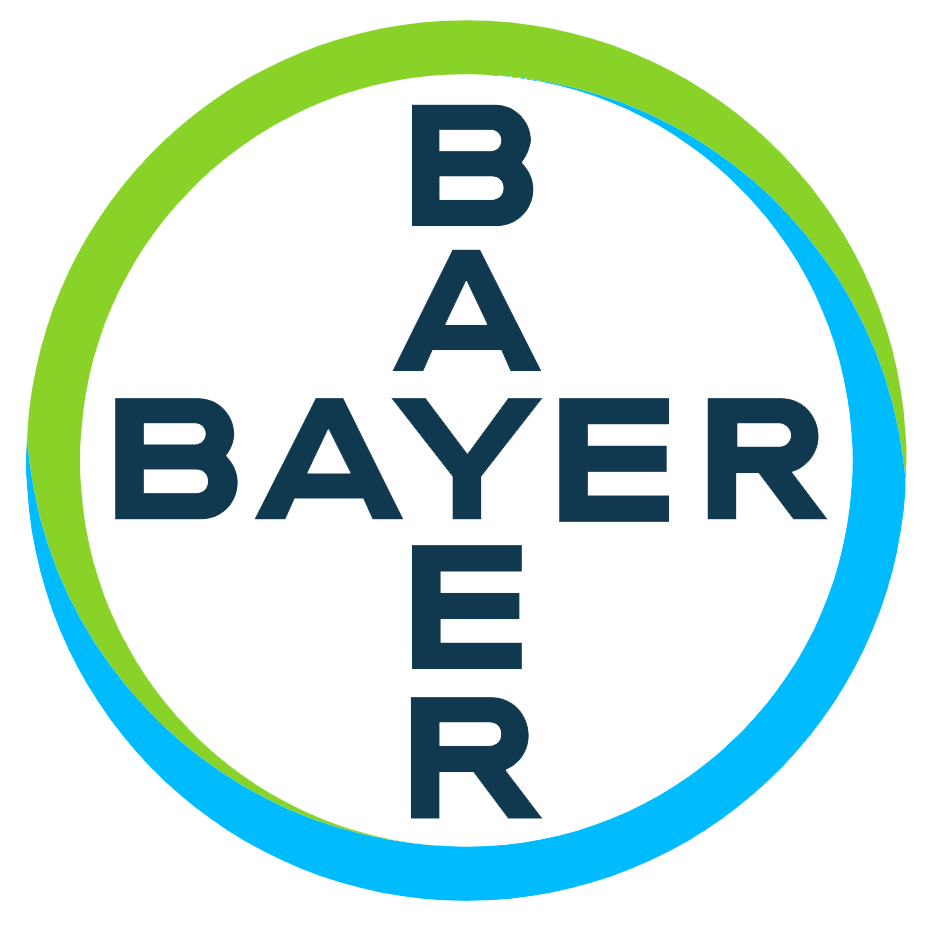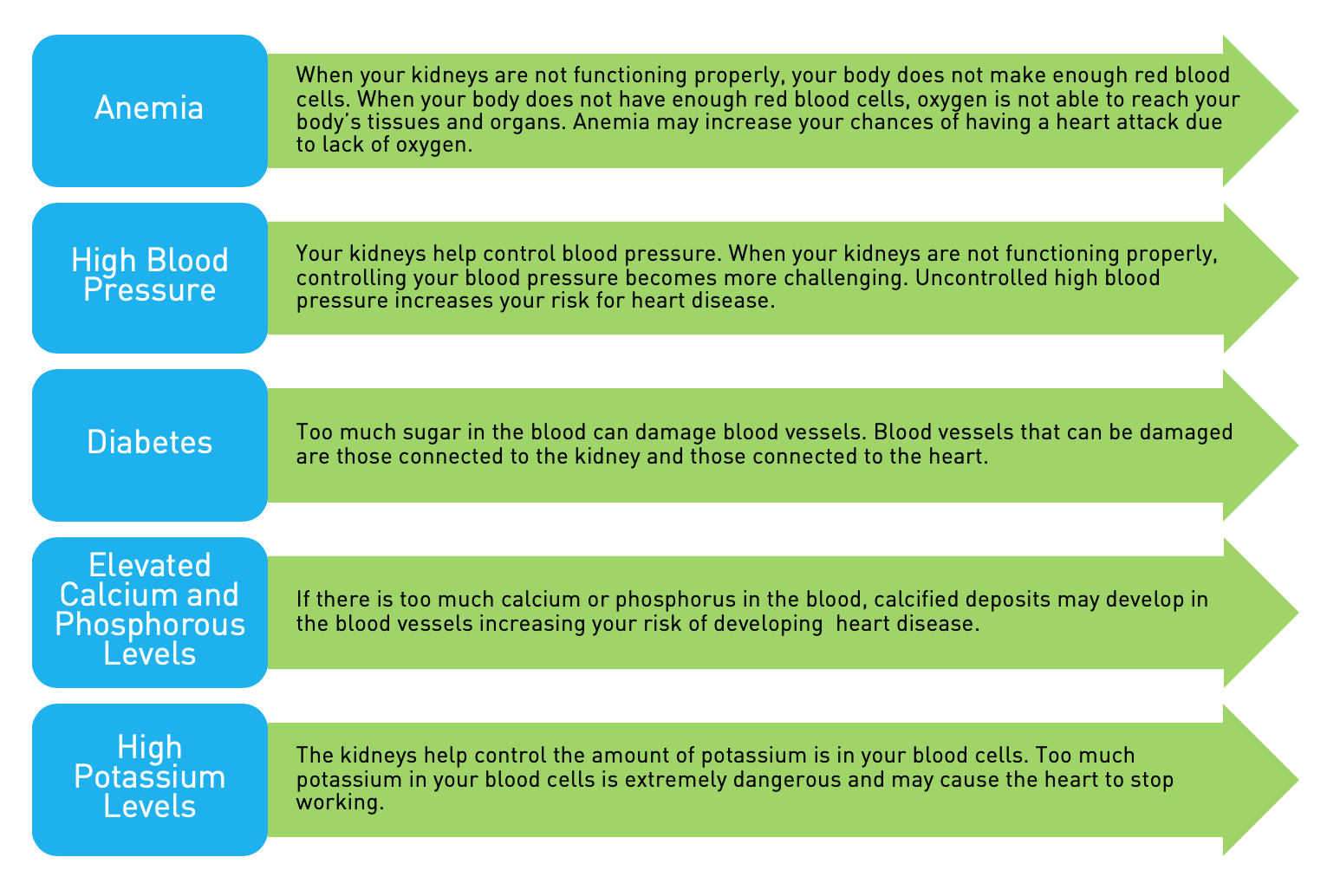August 31, 2021
The Honorable Chiquita Brooks-LaSure
Administrator
Centers for Medicare & Medicaid Services
Department of Health & Human Services
7500 Security Boulevard
Baltimore, MD 21244
RE: Medicare Program; End-Stage Renal Disease Prospective Payment System, Payment for Renal Dialysis Services Furnished to Individuals With Acute Kidney Injury, End-Stage Renal Disease Quality Incentive Program, and End-Stage Renal Disease Treatment Choices Model; CMS-1749-P
Dear Administrator Brooks La-Sure:
The undersigned groups appreciate the opportunity to provide comments in response to the Centers for Medicare & Medicaid Services (CMS) CY 2022 End-Stage Renal Disease Prospective Payment System proposed rule (Proposed Rule).1 Our comments focus on the End-Stage Renal Disease (ESRD) Treatment Choices Model (ETC Model) finalized in CMS-5527-F2 and refined in this Proposed Rule.
The mandatory ETC Model addresses the need for expanding patient access to home dialysis and kidney transplants. We are encouraged by this Administration’s commitment to addressing these dual challenges and strongly support the ETC Model’s goals. We believe the mandatory, comprehensive nature of the ETC Model complements the four voluntary kidney care payment options in the Kidney Care Choices (KCC) Model set to begin on January 1, 2022.3 Taken together, the models hold the promise of advancing care for the 37 million Americans with kidney disease, which is projected to increase dramatically by 2030.4
The ETC Model encourages the use of home dialysis and addresses racial and ethnic disparities in access to home dialysis care, and we thank CMS for soliciting comments regarding proposals to address disparities in the recent proposed ESRD PPS QIP rule. At the end of 2018, there were nearly 69,000 patients performing dialysis in the home, or 12.5% of all dialysis patients.5 While the portion of dialysis patients performing home dialysis in the United States is slowly increasing, the US lags behind many other industrialized countries.6 Relatively low utilization of home dialysis in the US is partially attributable to the lack of access for low-income communities and communities of color, which make up a significant portion of dialysis patients.7 The disparities in in-center versus home dialysis demonstrate the biases of dialysis modalities. Of the entire US dialysis patient population, in-center dialysis is the modality for 57% of White dialysis patients, 72% of Black dialysis patients, and 67% of Hispanics dialysis patients (the current US dialysis population is 53% non-Hispanic Whites). The percentages of minoritized patients receiving care in-center underscores the disparities in access to home dialysis.8
Further, access to pre-dialysis nephrology care is less prevalent among minority patients.9 As a result, these patients often do not receive adequate education about their treatment options in stages of their kidney disease during which they can make plans for the type of dialysis modality that best suits them; as a result, too many “crash” into dialysis in the emergency room, where traditional HD is the most seamless option.10
While these disparities have long existed, the COVID-19 pandemic has exacerbated them. According to the Centers for Disease Control and Prevention, people of color are more likely to experience serious COVID-19 complications and death once infected.11 A similar risk applies to patients with preexisting kidney disease.12 These risks make it more critical that ESRD patients can dialyze at home, especially patients of color. Home modalities give those patients the chance to avoid potentially dangerous contact with COVID-infected individuals, including those in a dialysis clinic or doctor’s office. According to a study conducted in New York during the initial months of the pandemic, home patients were less likely to test positive or be hospitalized for COVID-19 than in-center patients.13 Even as COVID-19 vaccines have become widely available, vaccination rates in Black and Brown populations lag in many states. Data suggests that dialysis patients will continue to be at risk from COVID-19 infection and need to distance themselves socially. 14,15 For all of these important reasons, we strongly support CMS’s efforts to advance home dialysis through the ETC Model.
We commend the Administration’s commitment to enhancing the quality of care for Medicare beneficiaries suffering from ESRD. We believe that the ETC Model accomplishes an essential part of this effort. We ask that CMS remain actively engaged with managing clinicians, facilities, and the kidney community to ensure continued successful implementation of the ETC Model as a mandatory, comprehensive demonstration.
Respectfully submitted,

1 86 Fed. Reg. 36,322 (July 9, 2021).
2 CMS, Specialty Care Models To Improve Quality of Care and Reduce Expenditures, 85 Fed. Reg. 61,114 (Sept. 29, 2020). CMS also proposed a Radiation Oncology Model, which we do not address in this letter.
3 Kidney Care Choices Model, available at https://innovation.cms.gov/innovation-models/kidney-care-choices-kcc-model; accessed August 5, 2021
4 Liyanage T, et al. “Worldwide access to treatment for end-stage kidney disease: a systematic review” Lancet. 2015 May 16;385(9981):1975-82.
5 https://adr.usrds.org/2020/end-stage-renal-disease/1-incidence-prevalence-patient-characteristics-and-treatment-modalities
6 https://adr.usrds.org/2020/end-stage-renal-disease/11-international-comparisons 7https://www.ncbi.nlm.nih.gov/pmc/articles/PMC4926974/
7 https://www.ncbi.nlm.nih.gov/pmc/articles/PMC4926974/
8 United States Renal Data System. 2020 USRDS annual data report: Epidemiology of kidney disease in the United States. National Institutes of Health, National Institute of Diabetes and Digestive and Kidney Diseases, Bethesda, MD, 2020.
10 https://www.ncbi.nlm.nih.gov/pmc/articles/PMC4950106/#:~:text=There%20are%20varying%20definitions%2C%20but,catheter%20or%20during%20a%20hospitalization
12 https://pubmed.ncbi.nlm.nih.gov/32247631/
13 https://www.ncbi.nlm.nih.gov/pmc/articles/PMC7685041/
14 See Kaiser Family Foundation, COVID-19 vaccinations rates by ethnicity, available at https://www.kff.org/coronavirus-covid-19/issue- brief/latest-data-on-covid-19-vaccinations-race-ethnicity/, Figure 2 15 https://www.healio.com/news/nephrology/20210413/study-reveals-how-patients-on-hemodialysis-respond-to-pfizers-covid19-vaccine
























